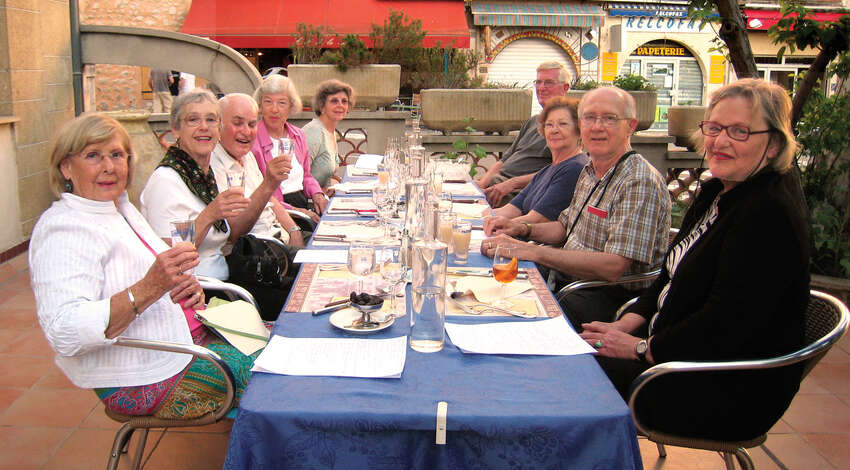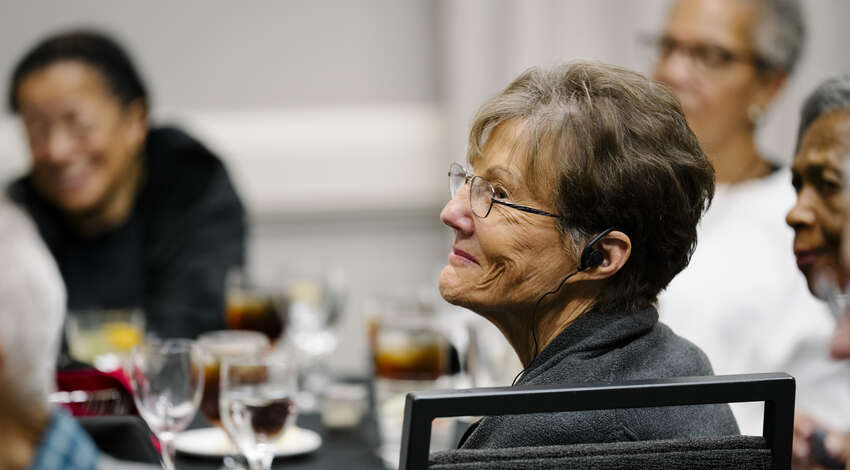Here’s to Toasting! How It’s Done Around the World
For something so familiar, toasting is a practice full of surprises — fascinating history, endless cultural variations, elaborate etiquette and quite a bit of superstition. Let’s drink it all in.
First … why is it called a “toast,” anyway? The origins are literal. In the 1600s, a piece of toast was often added to reduce the acidity and improve the taste of mediocre wine. In “Merry Wives of Windsor,” Shakespeare’s Falstaff calls for wine with the instruction to “put a toast in it.”
Clinking glasses is another common practice. No one knows exactly why, but one theory is that in medieval times, the clash of glasses would result in some exchange of the contents — including any poison that may have “accidentally” found its way into one of them.

I’ll drink to that!
As for the toast itself, most in the U.S. simply say “Cheers!”, feeling a bit British. But that’s not where the term originated. It comes from the Latin word “cara,” meaning face, which evolved into “chiere” in Old French, which became “cheer” in English. The meaning also evolved, coming to refer not to the face but one’s expression, positive or otherwise. One could be of good or bad cheer. It was only centuries later that “Cheers!” became solely a wish for happiness.
Besides happiness, it’s common to wish for the good health of others present. “A votre santé” in France. “Salud!” in Spain. “Lechyd da!” in Wales. “Yia mas!” in Greece. “Kia ora!” in New Zealand. Most delightfully, in South Africa, “Oogy wawa!”, a Zulu phrase.
Sometimes the hope is for long life — “Živjeli!” in Croatia and “Slàinte mhath!” in Scotland — or simply life itself, as in the Hebrew “L’chaim!” or the Hawaiian “I ke ola!”
Often, a toast’s meaning can best be described as “general enthusiasm.” With “Próst!” in Germany and “Skål!” (Skol!) in Scandinavia, the basic takeaway is “Health, happiness, long life, good times, etc.!”
For getting down to the basics, you can’t beat the Japanese “Kanpai!” or the Korean “Geonbae!”, which mean simply, “Empty your glass!”
Toasts tend to get more lighthearted — even playfully threatening — as celebrations wear on. The Danish “Bunden i vejret eller resten i håret” means, “Bottoms up or the rest in your hair.” The British are fond of “Here’s mud in your eye!”

Rules and Penalties
In many cultures, elaborate rituals have sprung up, along with “consequences” for violating them. In Spain, toasting with anything non-alcoholic dooms the transgressor to seven years of — shall we say — bedroom misery. In Germany and France, eye contact is required, otherwise the Spanish penalty applies. In the Czech Republic, things are even stricter: Keep eye contact. Don’t cross arms with another participant. Don’t spill. Don’t put your drink down. Otherwise — seven years of you-know-what.
In Japan, toasting rituals are not only celebratory, but demonstrations of grace and respect. You could fill a page with the etiquette, but some essentials are: Hold the drink in your right hand. When clinking glasses, tilt yours slightly lower than those of your superiors. Never pour your own, bow slightly when you say “Kanpai!” and maintain eye contact.
In Hungary, the rule is simple: No beer. Believing that Austrian commanders celebrated the execution of Hungarian generals in the revolution of 1849 with beer, Hungarians banned toasts with beer for 150 years. The pledge expired in 1999, but many still adhere to it.
For all the variety in toasting traditions, all toasts have the same ends: to celebrate the ties that bind among friends, and to forge new friendships built on goodwill. So cheers!

